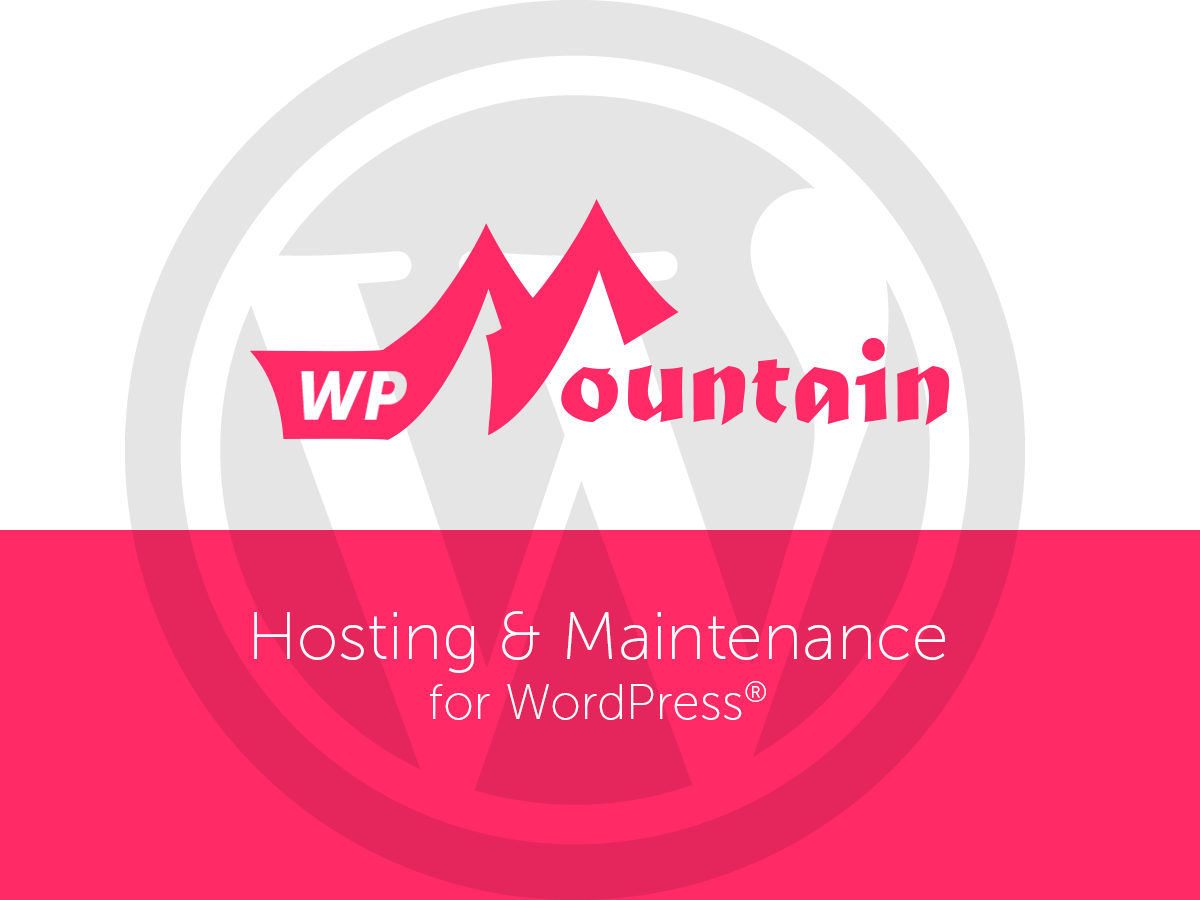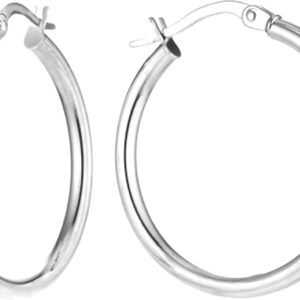We become our standard nurturing email transformed into a powerful AI-powered conversion engine. Here’s what we did, what worked (and what didn’t), and what we discovered in one of the simplest ways.
When our enablement team started discussing strategically incorporating AI into our workflows, we knew we wanted massive results. Then once again here’s the thing about huge results: they don’t come from trying everything immediately.
With limited properties and infinite possibilities, we needed to refine which AI methods would have the most impact.
Email promotion seemed like a natural place to start. We have been running optimization tests on our crop flows for years, but after a while the advisable houses are incremental through the use of a few percentage problems right here and there.
We would have appreciated something that had once completely changed the rules of the game. Something that had a vital impact on top-of-funnel metrics AND intelligent usability right through our promoting workforce. And then again what – and the best way?
In a modern episode of Promoting Against the Grain, HubSpot VP of Promotion Emmy Jonassen and I share how we experimented with AI to become our email powerhouse. We will also explain how to do it completed an 82% increase in conversion fees – plus, all the lessons we’ve discovered along one of the simplest ways.
Elaborate the disadvantage
First, let me explain what we did before AI. Like most outreach teams, we approached email personalization through segmentation: grouping leads based on identical characteristics, then tailoring the content subject to those groups.
For example, if someone downloaded marketing-related content material, we may send them additional promotional property instead of product sales content material.
It wasn’t a bad way. On the other hand, once upon a time these were essentially professional hypotheses on the level of the group of workers. We said, “People like you want this a lot,” instead of understanding what any particular person was once trying to do.. We had to do more.
The hypothesis: transfer from groups to other people
The more we looked at the capabilities of AI, particularly its ability to investigate certain data issues and identify patterns, the more we saw a path to true individual personalization. on a large scale.
So, we asked ourselves: What if the AI simply agreed to understand not only which worker group or cohort someone belongs to, but also which group they belong to? the appropriate procedure they wish to complete?
For example, instead of sending promotional material to all the “other people who promote”, we would have liked it if you could identify when a selected advertising manager at a selected company is able to put together their own influencer methodology for this upcoming actual release the product. From there, we send them exactly what they want for that procedure.
It was once an arduous task… alternatively we were ready to provide it with a check.
The setup: building our AI response
To test our hypothesis, we first designed a process that would allow AI to do what others can’t: analyze thousands of individual intentions at scale and create tailored suggestions. That’s right, here’s how the process worked.
When someone fills out a form to acquire HubSpot content material, we capture some key information: the industry URL, company size, and the content material they’re interested in. While these might seem like elementary data problems, they are actually the basis for understanding someone’s goals.
Our AI system then takes the inputs and runs through a selected process:
- First, let’s analyze their industry website to understand what their company does.
- We check which offer of content material they have downloaded and all other actions they have taken on our online website.
- Our AI creates an in-depth summary of what this particular person is likely trying to do.
- The system then imagines the perfect content material to agree with them, regardless of whether it exists in our library or not.
- The subject material of the “best possible” content material is compared to our subject material library of actual content material which uses a vector database to find the closest outfits.
- After all, the AI creates a personalized message that explains exactly how the selected content material will agree with their success in their explicit service.
After this system was put in place once, it was time to take it one step further and see if it will work if you tell the truth to the artwork.
Check, fail, learn and iterate
If there’s one thing we briefly discovered, it’s that the AI can’t figure it out on the first check.
Our first look focuses on optimizing the email text to make it even more personalized and engaging. The results? Meh.
This was our first massive learning: The real “magic” is not in the email itself, but in how quickly the AI could simply expect what the individual to tell the truth wanted.
Then we moved once again to the strategic planning phase. We have refined the AI’s training data, improving its ability to interpret a particular person’s behavior and guess the job at hand. We tested. We repeated. And, after months of tweaking and tweaking, we finally hit the sweet spot.
The results and positive effects
The results shocked us too:
- +82% increase in conversion value
- +30% increase in open commissions
- +50% increase in commissions per click
The numbers are impressive, but what’s even more surprising is what it looks like from a practical perspective.
For example, during the experiment, our AI analyzed a lead from a herbal iced coffee company that had downloaded the influencer’s promotion property. The system noted that they would not confirm interest in content planning and workforce, especially as winter approached.
From this pattern of behavior, the AI deduced that they would most likely be able to participate in seasonal promotions or new product launches.
Instead of simply offering generic promotional material, subject material, the system is really useful to our methodological path of the subject material, with texts in particular tailored to their sector. Here’s what we sent: “Turn every sip into a story that captivates and converts.”
This degree of personalization – understanding industry context and quick goals – is what has driven our extraordinary build of results.
The power of artificial intelligence
What made this experiment truly great was demonstrating that AI could simply take us from the previous basic personalization (“Here’s some content for marketers”) to a truly private connection (“Here’s exactly what you want to have on your explicit advertising and marketing campaign for your company”).
While not everyone has HubSpot’s content materials library or technical properties, the key lesson is this: The real power of AI in marketing isn’t simply automation: it’s understanding the specific needs of buyers at scale.
5 tactical tips for incorporating artificial intelligence into your promotion method
While the sheer amount of AI technologies can be intimidating, leaders need to continue providing solutions and begin implementation Now.
To discover ways to incorporate AI into your workflow, download our information on AI for entrepreneurs and put the ideas and insights from our experiment below into practice.
1. Start immediately the day before.
For people who are hesitant to experiment with AI, stop here. The technology is not the best possible, otherwise there is no reason to stretch. By starting the approach now you will learn and improve while others are still arguing.
2. Know your buyers inside and out.
Artificial intelligence is absolutely best at being environmentally friendly since the insights it is based on. In our experiment, we leveraged everything we knew about our buyers to understand their goals. The more we delve into this first-party data, the easier it is to expect what each specific explicit person was once trying to accomplish.
3. Choose pace over perfection.
Perfection is bloated, particularly in artificial intelligence. When we presented this experiment, we knew that the trend was not fully optimized, but we also knew that it could not strengthen without real-world feedback. Artificial intelligence learns by doing, and once getting it into the arms of buyers was necessary for its excellent fortune.
4. Assemble the right workforce.
In our experiment, the collaboration between AI experts and promotion experts was the most important. While our AI staff created the workflow and refined the suggestions, our email automation staff ensured everything aligned with the person’s specific needs and driving goals. This partnership bridged the gap between technical capability and smart tool.
5. Make a decision for long-term construction.
Excellent luck no longer happens in one day. It took months of trying to train the trend and fine-tune its ability to appropriately expect a given person’s intent. So remember, it’s not about achieving perfection before breaking free, but rather about building safely: spreading the trend out into the world and refining it based on authentic results.
To learn more about the use of AI in promotion, check out the full episode of Counter-current promotion under:
This assortment of blogs is in collaboration with Promoting Against the Grain, the video podcast. Delves into insights shared by promotion leaders Kipp Bodnar (CMO at HubSpot) and Kieran Flanagan (SVP, Promoting at HubSpot) as they unpack expansion strategies and learn from exceptional founders and friends.
![]()
[ continue ]
wordpress Maintenance Plans | wordpress hosting
Read more










